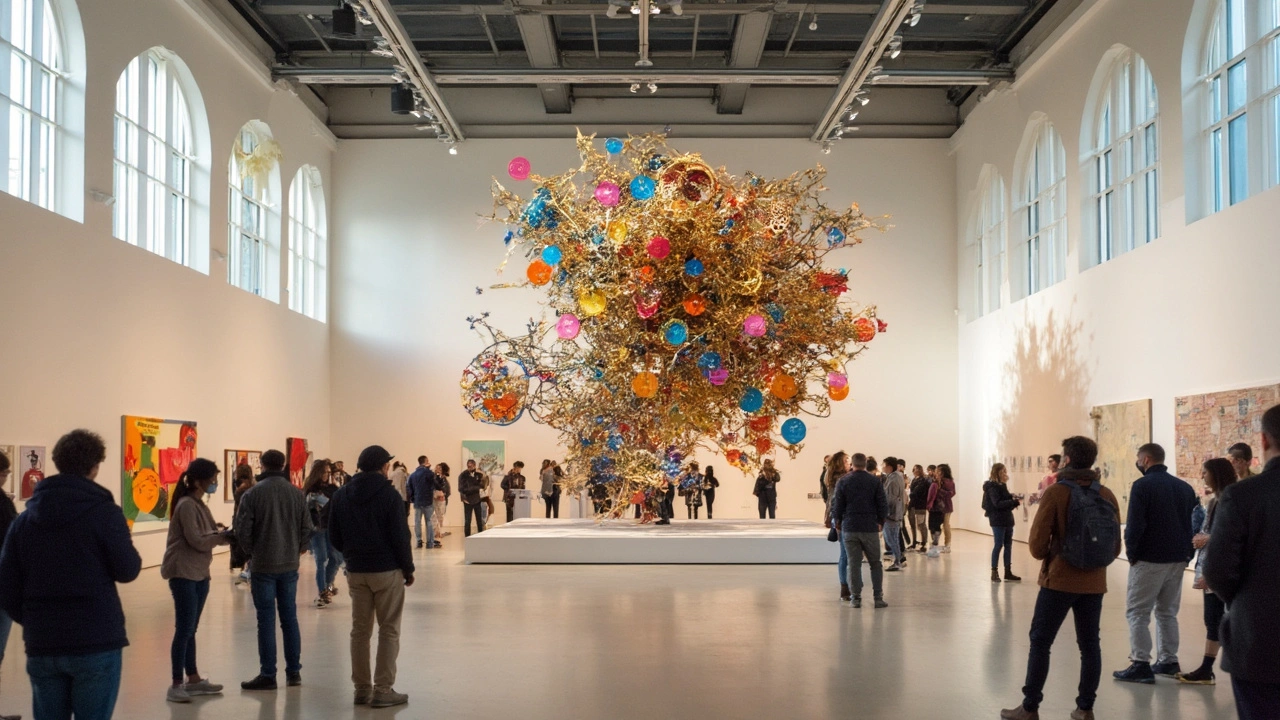Movement in Art: How to Recognize Styles and Use Them
Art movements are not just labels—they’re shortcuts to understanding why a painting, building, or installation looks and feels a certain way. Want to quickly tell Futurism from Bauhaus or spot Cubism in a poster? This page helps you read artworks faster and use movement ideas in your art, home, or projects.
How to spot an art movement
Look for a few clear clues: form, materials, color, and intent. Cubism breaks objects into geometric planes; look for overlapping facets and multiple viewpoints. Abstract Expressionism focuses on gesture and emotion—big brushstrokes, energetic marks, and loose composition. Photorealism aims for camera-like detail, so tiny textures and glossy highlights are giveaways.
Some movements tie to places or tech. Bauhaus favors clean function and simple geometry—think functional furniture and neutral palettes. Land Art uses real landscapes and large-scale earthworks, so location matters more than canvas. Fluxus and installation art blur art and life: performance, found objects, and audience interaction often show the connection.
Check context: date, artist background, and why the work was made. Many movements responded to big changes—industrialization, war, or new media. That backstory often explains the look.
Quick ID tips and examples
Color and pattern: Baroque and Baroque Revival use dramatic light and rich color; De Stijl uses primary colors and strict grids. Materials: Constructivism often uses industrial materials and bold typography; installation art uses mixed media and site-specific setups. Technique: Photorealism uses glazing and fine brushes; Futurism emphasizes speed, motion, and fragmented forms.
Names to remember as anchors: Picasso and Braque for Cubism; Jackson Pollock for Abstract Expressionism; the Bauhaus school for Modern design; Jeff Koons and photorealist painters for hyper-clear surfaces; Robert Smithson for Land Art. When you see a name or a work, connect it to the movement’s main aim: what were they trying to change or show?
Want a practical exercise? Pick a work and list three features: composition, materials, and emotional effect. Match each feature to a movement trait. Over time you’ll spot patterns faster.
Using movements in your life: borrow one clear idea and apply it. Want a modern living room? Try Bauhaus basics: neutral colors, uncluttered shapes, and a focus on function. Want drama? Add Baroque-inspired lighting or bold contrasts. For creative projects, mix one rule from a movement with your own voice—say, the grid logic of De Stijl with the color play of Fluxus—to create something fresh without copying.
If you study or collect, keep a simple file: artist, year, movement traits, why you like it. This habit builds taste and helps you explain choices to others without sounding vague.
Understanding movement in art makes viewing faster, choices clearer, and creativity sharper. Use small tests and real examples to build that skill—it's practical, not pretentious.

